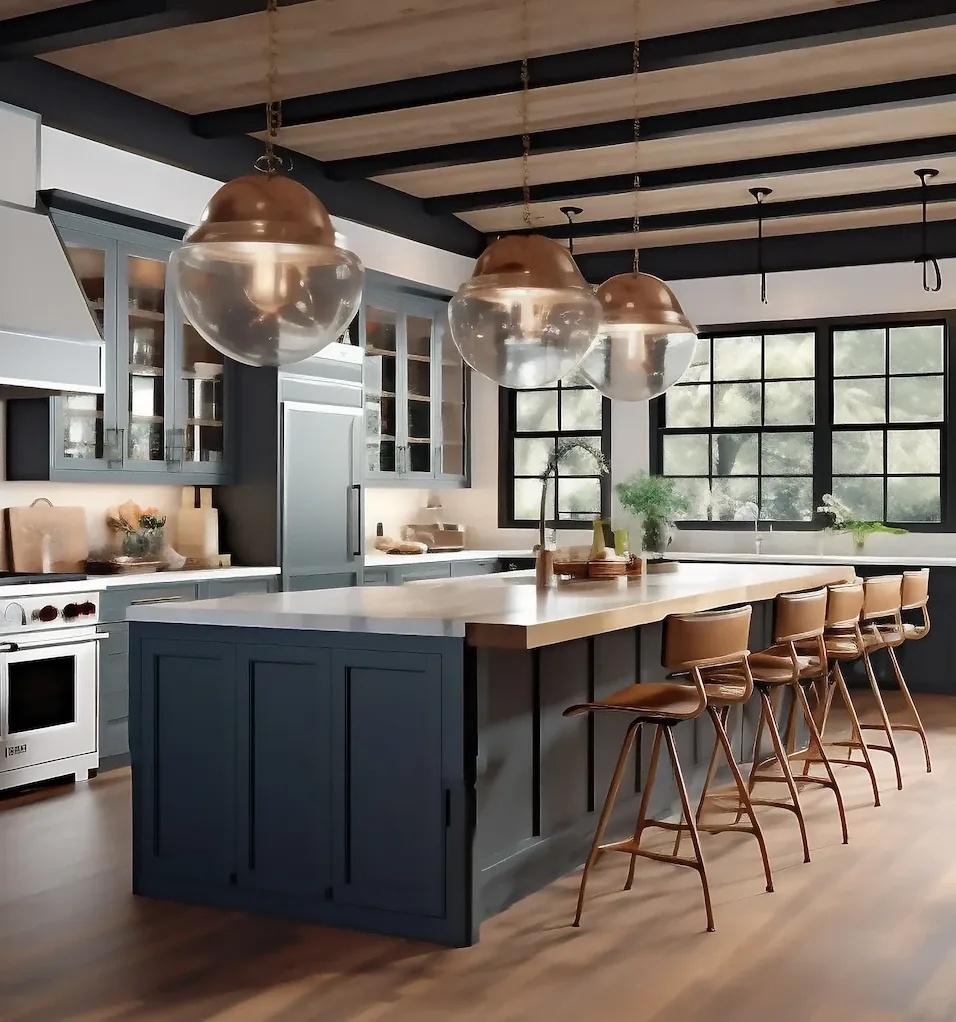Kitchens: The Latest, Top Articles
Get the most recent kitchen news and trends.
Articles: Everything Cabinets
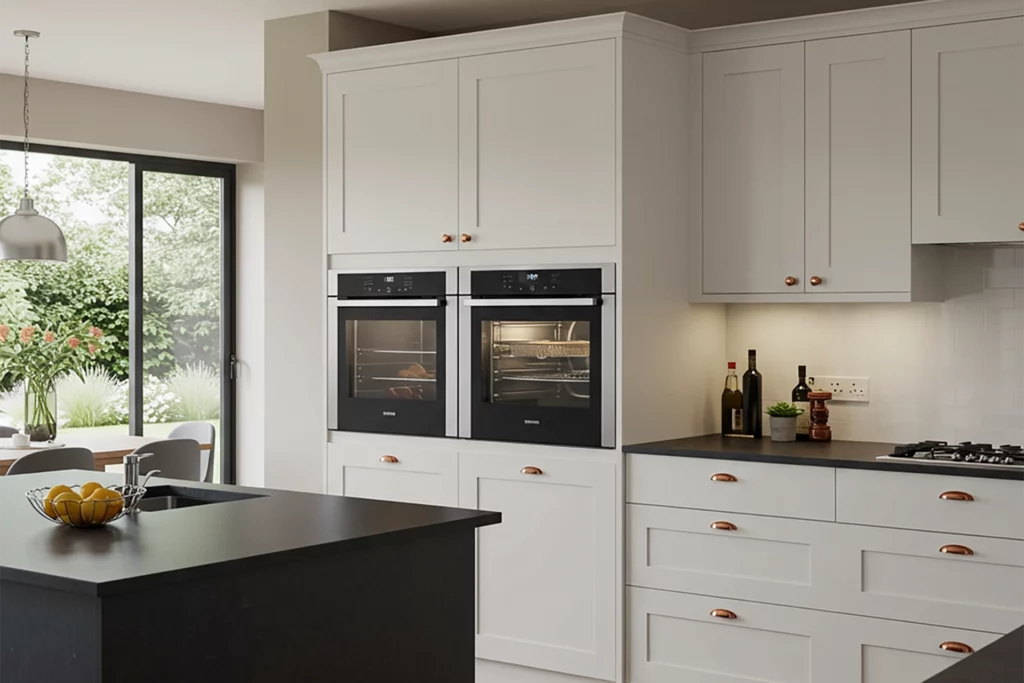
Does a Steam Oven Need a Drain?
Question: Does a steam oven need a drain? Answer: Most steam ovens have a built-in water reservoir and don’t require a direct drain connection. Excess water is typically collected in a tray and needs to be emptied manually. Understanding Steam Oven Drainage Steam ovens represent a significant advancement in kitchen technology, offering a healthy and … Continue reading Does a Steam Oven Need a Drain?
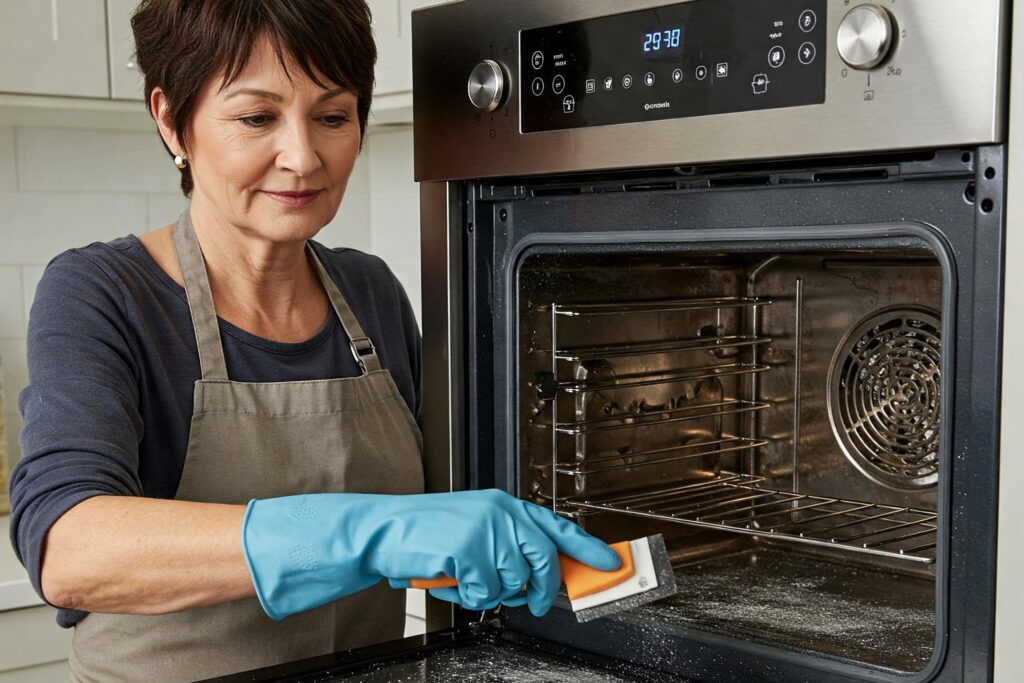
How Often Should You Descale a Steam Oven?
Question: How Often Should You Descale a Steam Oven? Answer: How often you should descale a steam oven depends on water hardness and usage. Generally, descale every 1-3 months for hard water or frequent use, and every 3-6 months for soft water or less frequent use. Understanding Steam Oven Descaling Steam ovens offer a healthy … Continue reading How Often Should You Descale a Steam Oven?
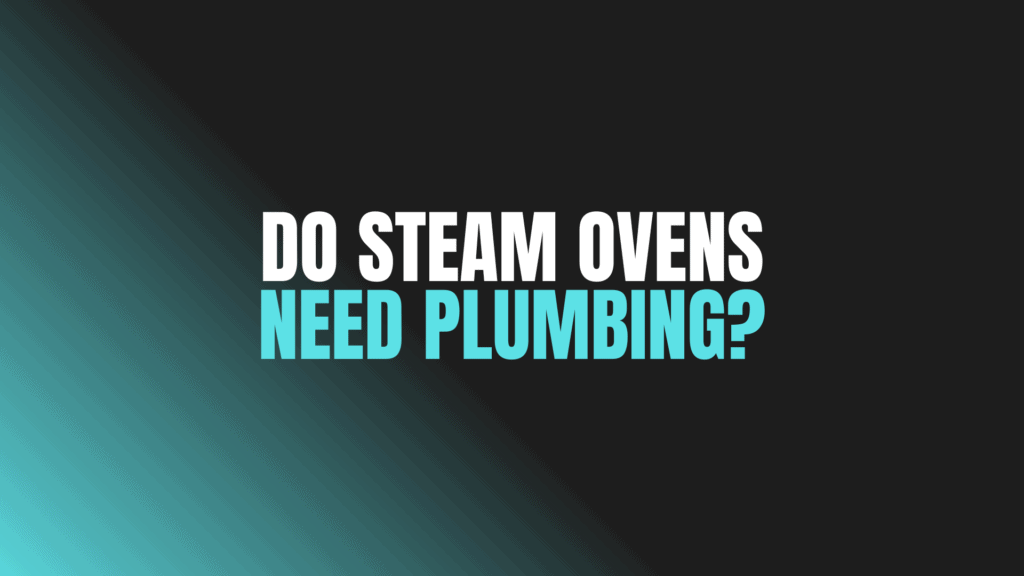
Do Steam Ovens Need Plumbing?
Question: Do Steam Ovens Need Plumbing? Answer: Whether or not steam ovens need plumbing depends on the model. Some steam ovens are plumbed directly to a water line. Others have built-in reservoirs that you fill manually. Understanding Steam Oven Water Sources Steam ovens, known for their healthy and flavourful cooking, often raise the question: Do … Continue reading Do Steam Ovens Need Plumbing?
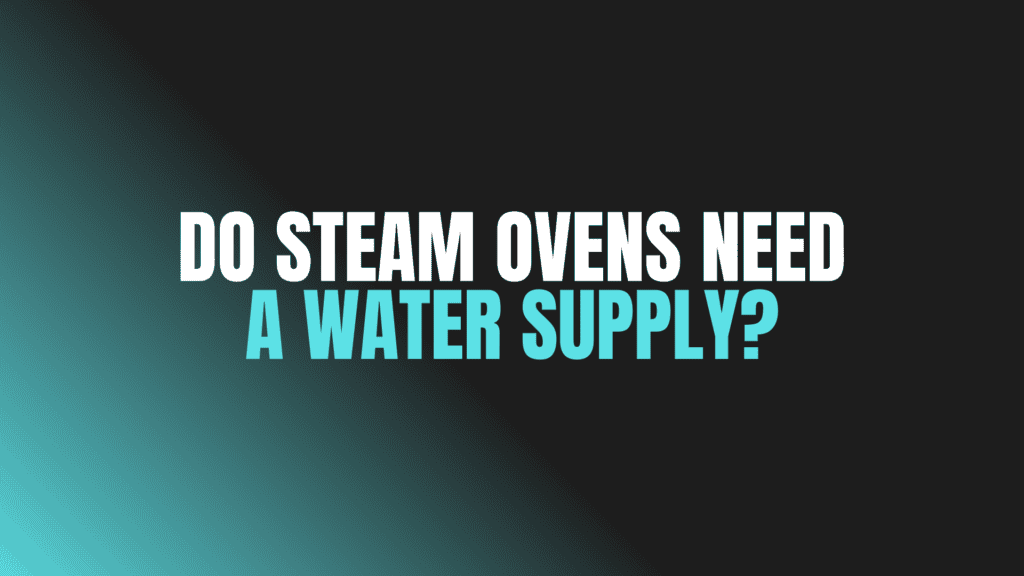
Do Steam Ovens Need a Water Supply?
Question: Do Steam Ovens Need a Water Supply? Answer: Whether or not steam ovens need a water supply depends on the model. There are two types: Direct-plumbed steam ovens require a water line connection. Non-plumbed steam ovens have a refillable water reservoir. Understanding Steam Oven Water Requirements Steam ovens offer a healthy and flavourful way … Continue reading Do Steam Ovens Need a Water Supply?

Do Steam Ovens Make Things Crispy?
Question: Do Steam Ovens Make Things Crispy? Answer: No, steam ovens do not make things crispy on their own. Steam adds moisture. However, some steam ovens have combination settings that incorporate convection or grilling for crisping. Understanding Steam Oven Crispiness Do steam ovens make things crispy? This question sits at the forefront for many home … Continue reading Do Steam Ovens Make Things Crispy?

Do Steam Ovens Get Moldy?
Question: Do Steam Ovens Get Moldy? Answer: Do steam ovens get moldy? Yes, steam ovens can get moldy due to the moist environment. Regular cleaning and proper ventilation are crucial for prevention. Steam Oven Mould: A Common Concern Steam ovens offer a healthy and efficient way to cook food. They use steam to cook, preserving … Continue reading Do Steam Ovens Get Moldy?
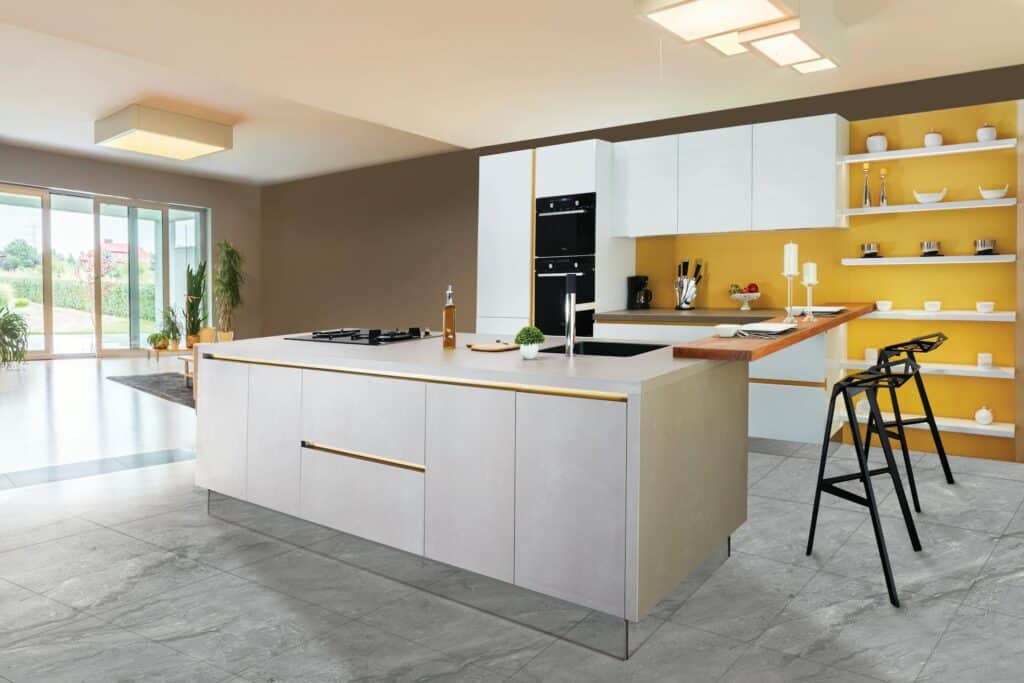
Do Steam Ovens Damage Cabinets?
Question: Do Steam Ovens Damage Cabinets? Answer: Steam ovens do not damage cabinets. Steam ovens are designed to contain steam. However, improper installation or pre-existing cabinet damage can lead to issues. Ensure proper ventilation and sealing. Steam Ovens and Cabinet Health Steam ovens, known for their healthy cooking, generate heat and moisture. This raises concerns … Continue reading Do Steam Ovens Damage Cabinets?
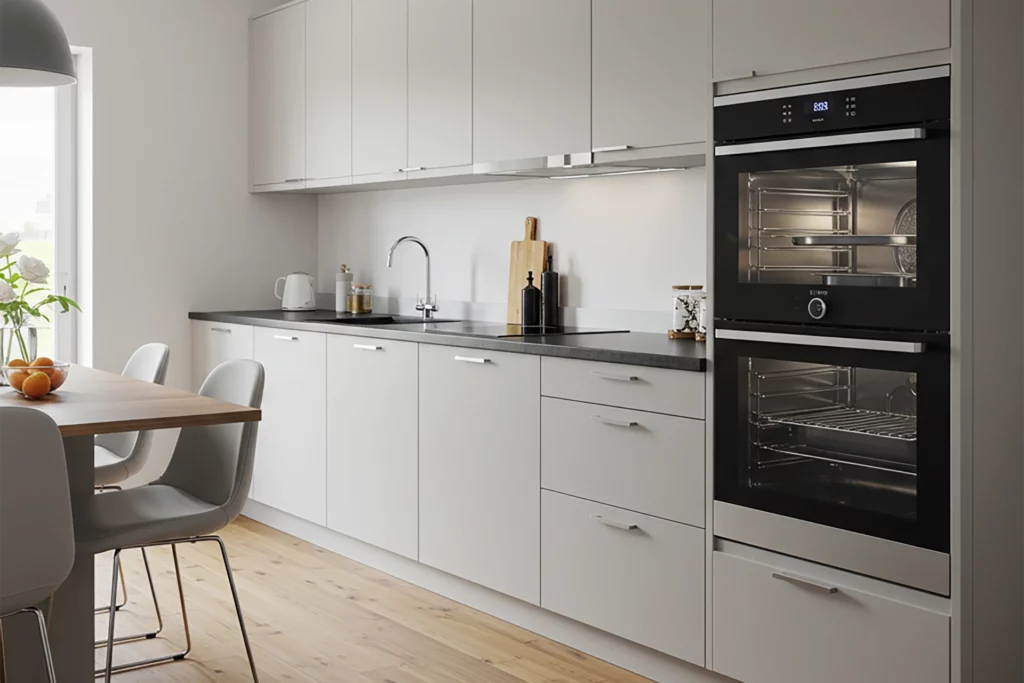
Can You Cook Everything in a Steam Oven?
Question: Can You Cook Everything in a Steam Oven? Answer: No, you cannot cook everything in a steam oven. While steam ovens excel at vegetables, fish, and grains, they are not ideal for foods requiring browning or crisping, like fried foods or some baked goods. Exploring the Versatility of Steam Ovens Steam ovens offer a … Continue reading Can You Cook Everything in a Steam Oven?
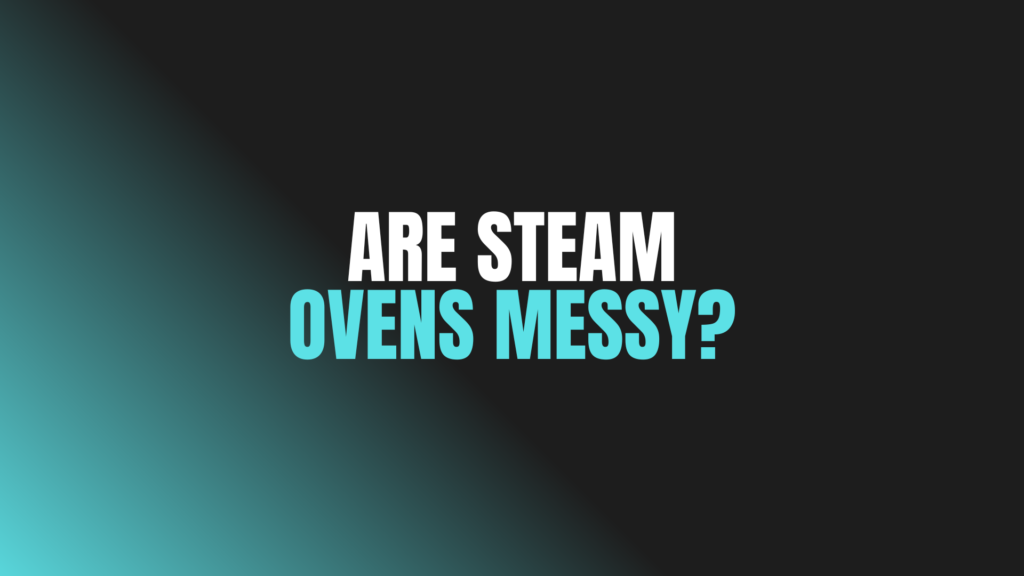
Are Steam Ovens Messy?
Question: Are Steam Ovens Messy? Answer: Steam ovens are not usually messy. They produce less splattering than conventional ovens and require less frequent cleaning due to the moist cooking environment. Steam Oven Cleanliness: Separating Fact from Fiction Are steam ovens messy? This question frequently arises for people considering this innovative cooking appliance. Steam ovens offer … Continue reading Are Steam Ovens Messy?
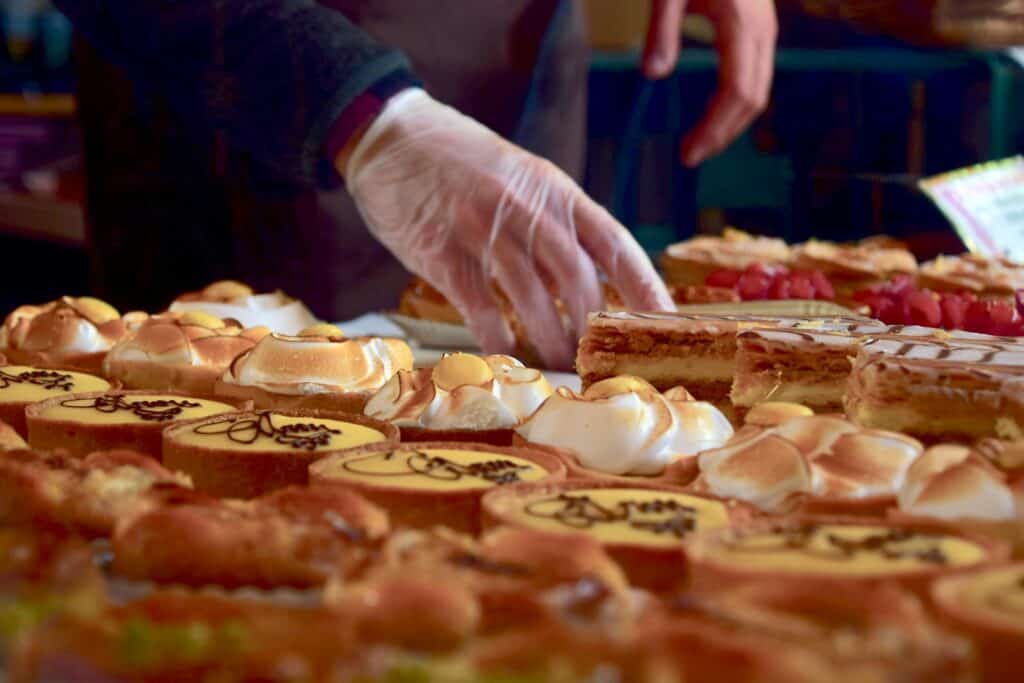
Are Steam Ovens Better for Baking?
Question: Are Steam Ovens Better for Baking? Answer: Whether or not steam ovens are better for baking depends on several factors. Steam creates a moist environment ideal for breads and some pastries, yielding a crisp crust and soft interior. However, it’s not ideal for cookies or cakes which benefit from dry heat. Steam Oven Baking: … Continue reading Are Steam Ovens Better for Baking?
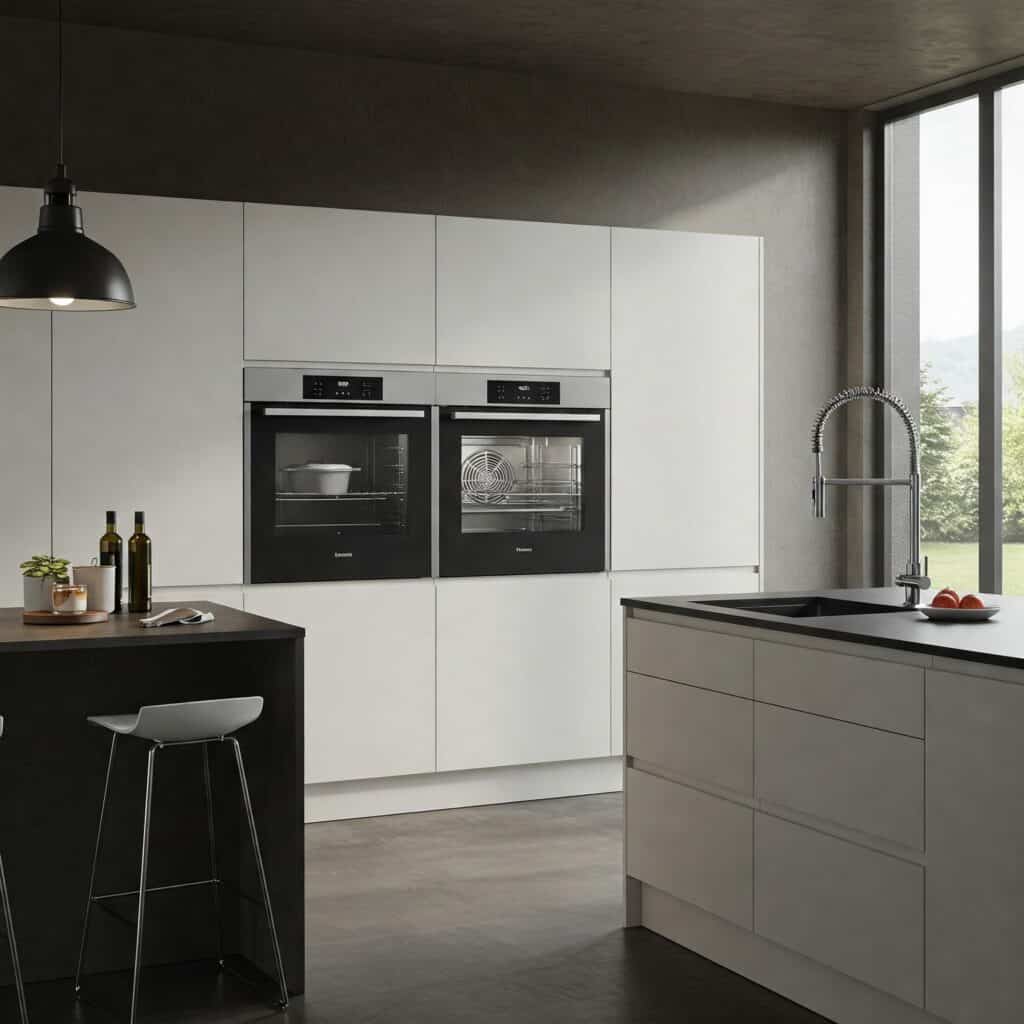
What Are the Disadvantages of a Steam Oven?
Question: What Are the Disadvantages of a Steam Ovens? Answer: The disadvantages of steam ovens include they can be expensive, require descaling, have longer cook times than conventional ovens for some foods, and offer limited browning capabilities. Considering Steam Oven Drawbacks Steam ovens offer exciting cooking possibilities, but they also have drawbacks. Understanding these limitations … Continue reading What Are the Disadvantages of a Steam Oven?
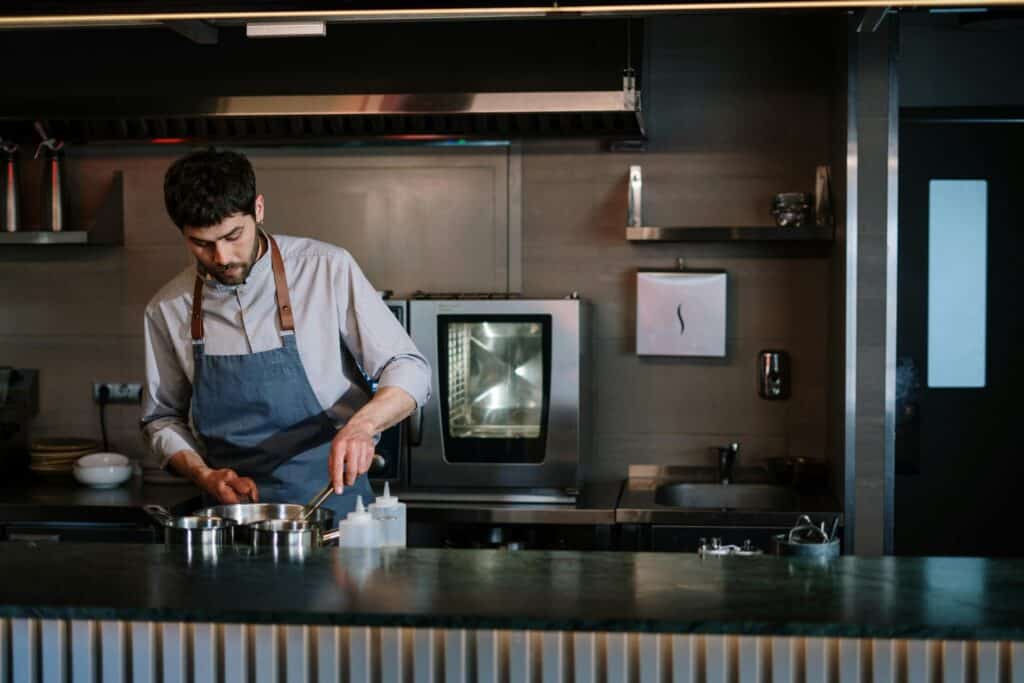
Are Steam Ovens Worth Buying?
Question: Are Steam Ovens Worth Buying? Answer: Whether steam ovens are worth buying depends of several factors. They excel at moist, healthy cooking, reheating, and some baking tasks. However, they’re pricier than conventional ovens and don’t crisp food as well. Consider your cooking style and budget. Steam Oven Advantages Are steam ovens worth buying? Many … Continue reading Are Steam Ovens Worth Buying?
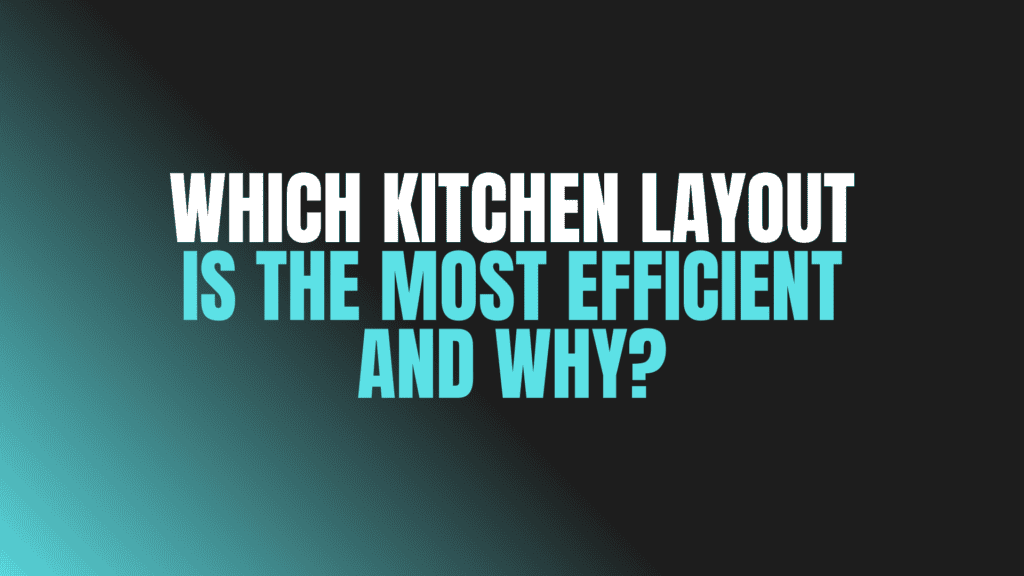
Which Kitchen Layout Is the Most Efficient and Why?
Question: Which Kitchen Layout Is the Most Efficient and Why? Answer: The most efficient kitchen layout is the galley kitchen. Its linear design minimizes walking distance between appliances, creating a compact and ergonomic workspace ideal for smaller spaces. Kitchen Layout Efficiency A well-designed kitchen combines style and function. An efficient layout improves workflow and reduces … Continue reading Which Kitchen Layout Is the Most Efficient and Why?
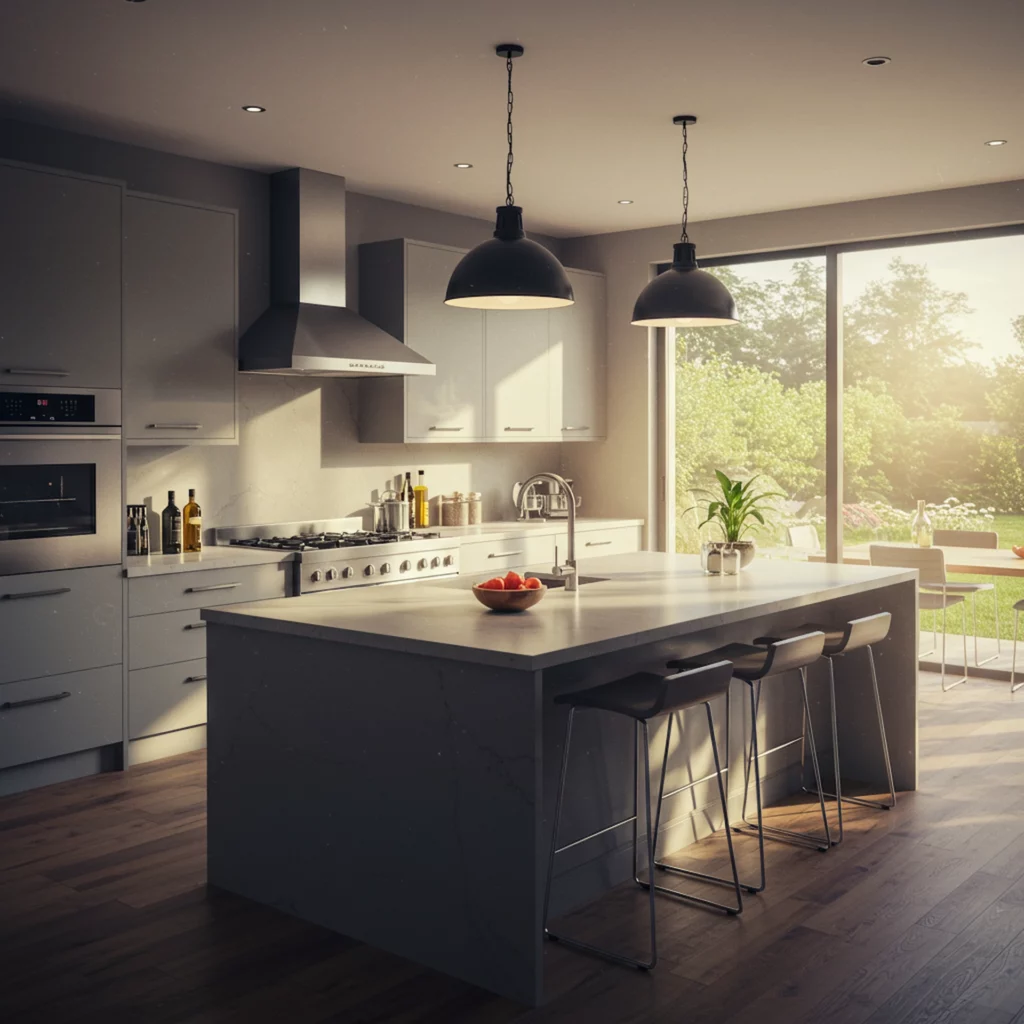
Which Kitchen Layout Type Is Most Flexible?
Question: Which Kitchen Layout Type Is Most Flexible? Answer: The most flexible kitchen layout is the open-plan or broken-plan layout. It seamlessly blends with other living spaces, adaptable to various sizes and functionalities, and easily modified as needs change. Kitchen Layouts: Finding the Right Fit Choosing a kitchen layout involves careful consideration. The right layout … Continue reading Which Kitchen Layout Type Is Most Flexible?
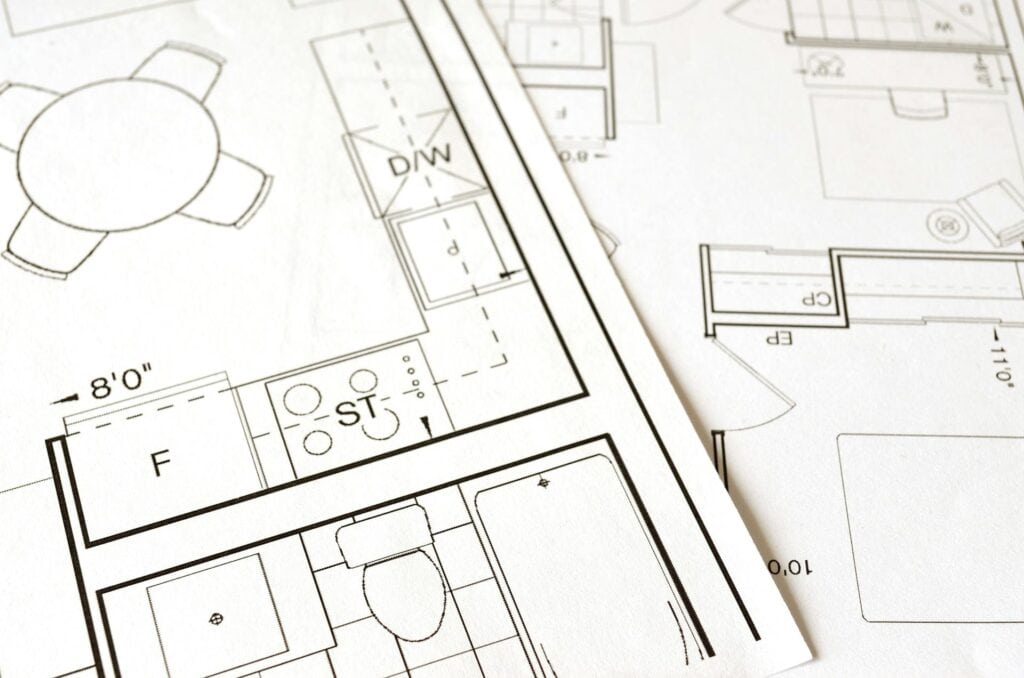
Which Kitchen Layout Is the Most Economical?
Question: Which Kitchen Layout Is the Most Economical? Answer: The kitchen layouts that are the most economical include the single-wall or galley kitchen. They require less cabinetry and countertop material, minimizing costs. Kitchen Layouts and Budget Considerations Renovating a kitchen requires careful planning and budget management. Choosing the right layout significantly impacts project costs. This … Continue reading Which Kitchen Layout Is the Most Economical?
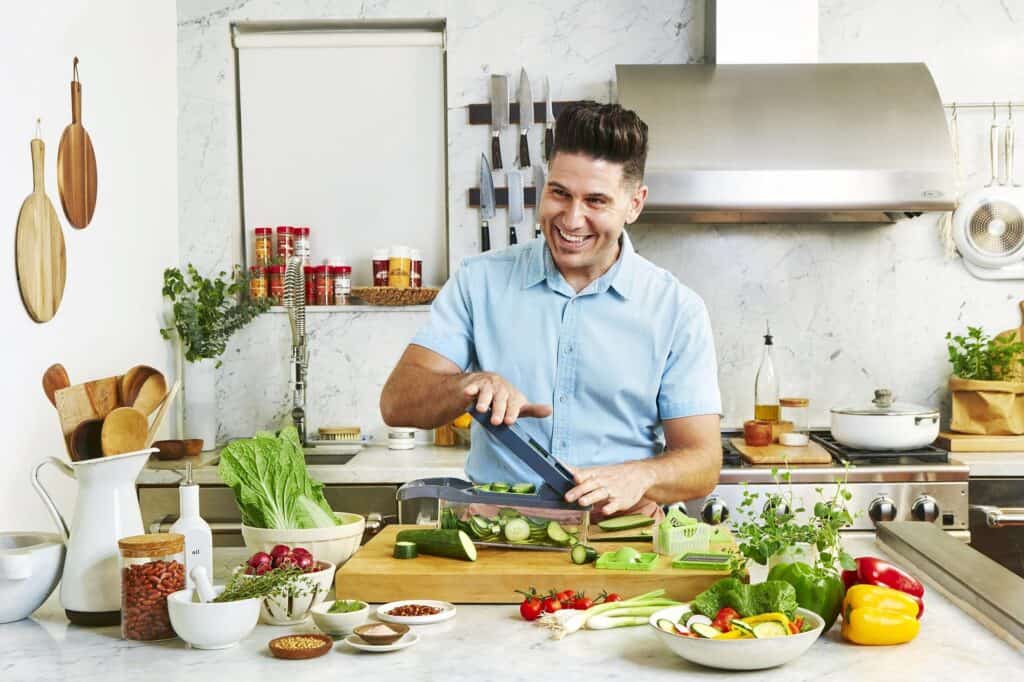
What Kitchen Layout Do Chefs Prefer?
Question: What Kitchen Layout Do Chefs Prefer? Answer: Kitchen layouts that chefs prefer include the galley or island layouts and they are generally favored for their efficiency. Both offer good work triangles, maximizing space and minimizing movement during cooking. Chefs’ Favourite Kitchen Layouts Professional chefs value efficiency and functionality in their kitchens. The kitchen layout … Continue reading What Kitchen Layout Do Chefs Prefer?
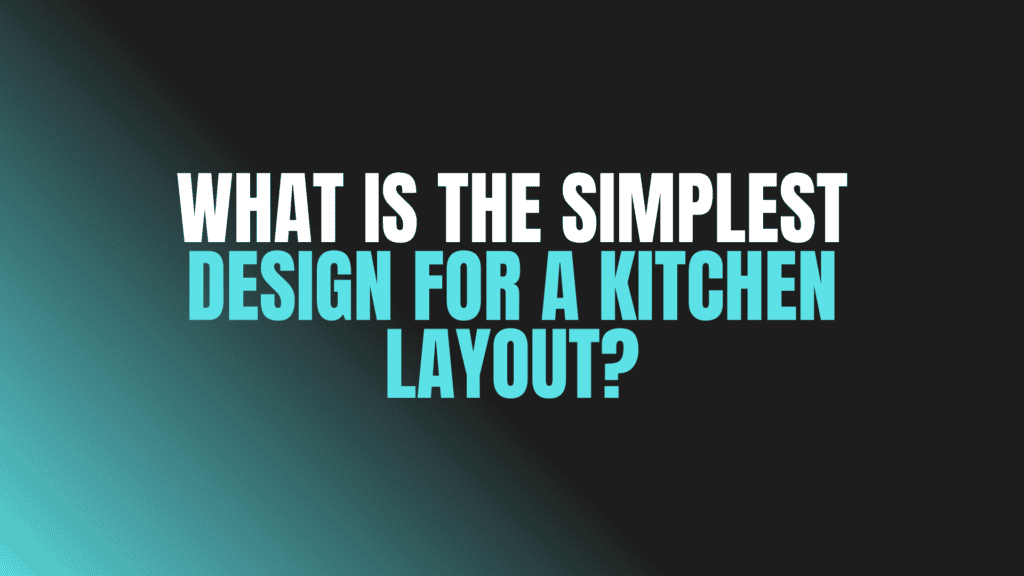
What Is the Simplest Design for a Kitchen Layout?
Question: What Is the Simplest Design for a Kitchen Layout? Answer: The simplest design for a kitchen layout is the single-wall or one-wall kitchen. It places all appliances and counters along one wall, maximizing space and minimizing cost in smaller areas. Kitchen Layouts: Streamlined Simplicity Many homeowners desire a simple, efficient kitchen. This article explores … Continue reading What Is the Simplest Design for a Kitchen Layout?
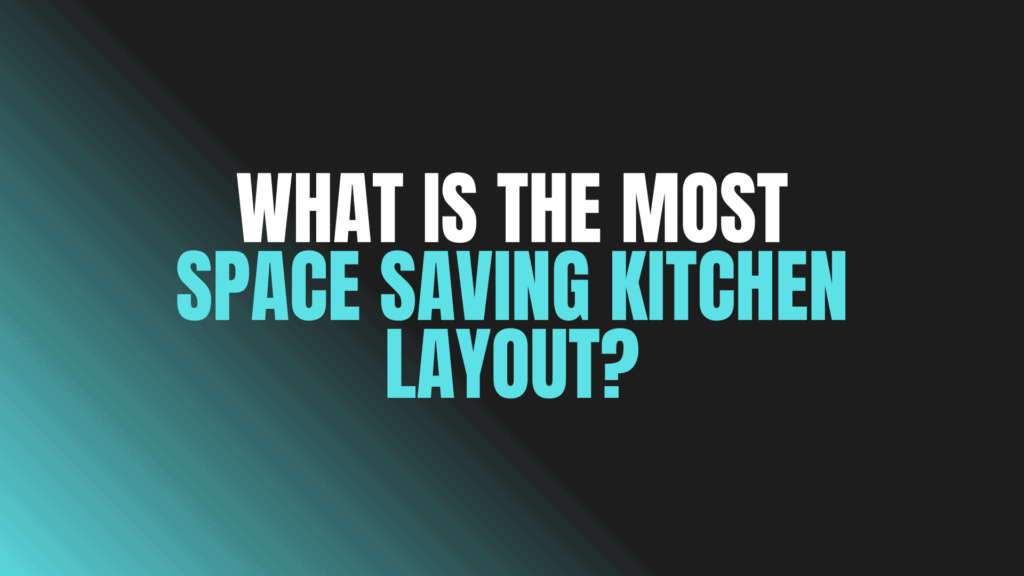
What Is the Most Space Saving Kitchen Layout?
Question: What Is the Most Space Saving Kitchen Layout? Answer: The most space-saving kitchen layouts include the galley or one-wall layout. They maximize efficiency in a compact space by lining up all appliances and countertops along a single wall or two parallel walls. Your Kitchen’s Potential: Space-Saving Layouts A well-designed kitchen combines functionality and style. … Continue reading What Is the Most Space Saving Kitchen Layout?
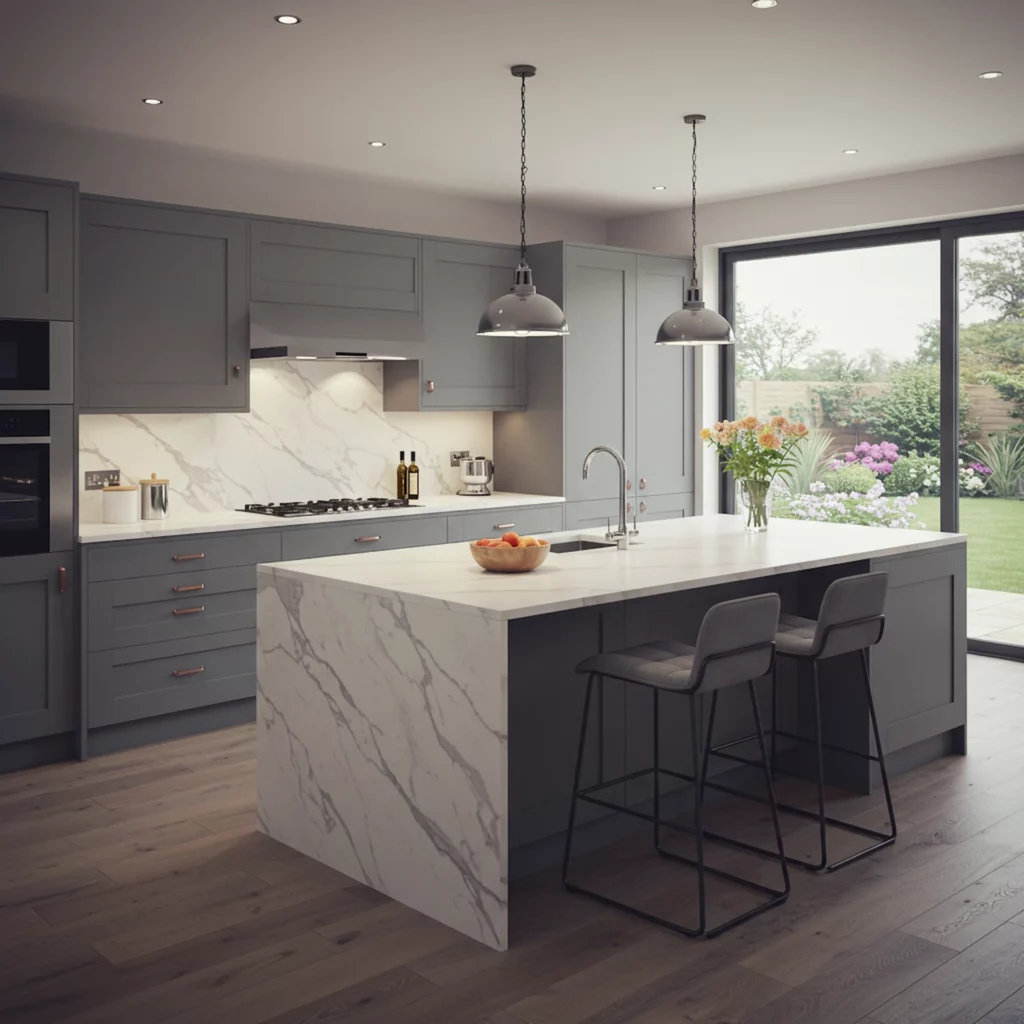
What Is the Most Versatile Kitchen Layout?
Question: What Is the Most Versatile Kitchen Layout? Answer: The most versatile kitchen layout is generally considered the U-shaped kitchen. It offers ample counter space, efficient workflow within the “work triangle,” and can easily accommodate multiple cooks. Kitchen Layouts: Finding the Best Fit Choosing a kitchen layout involves many factors. This post explores popular kitchen … Continue reading What Is the Most Versatile Kitchen Layout?
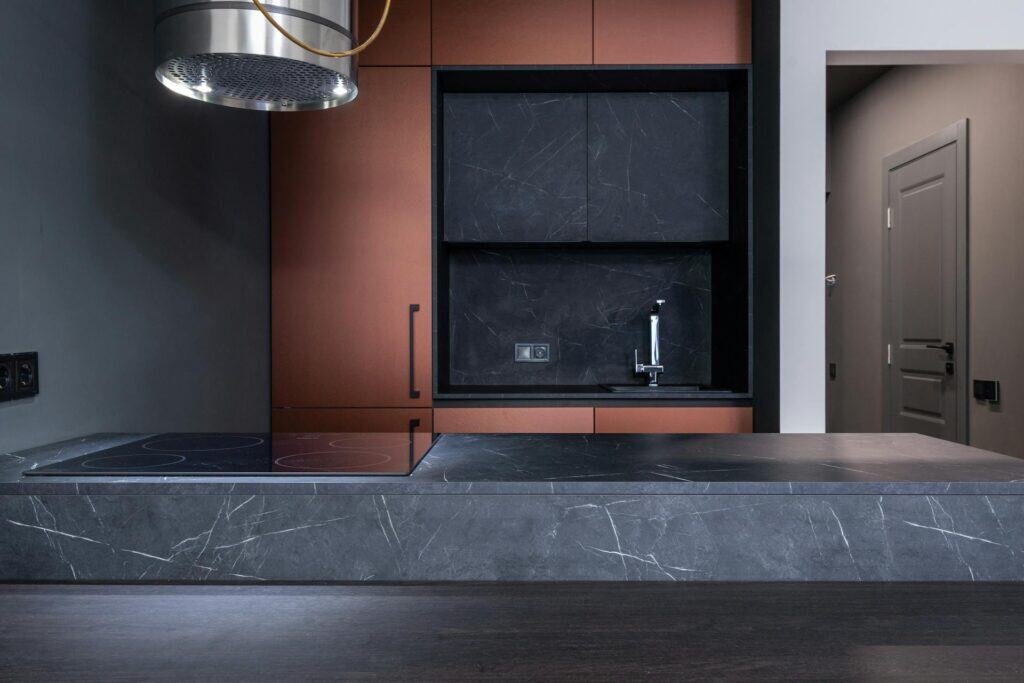
What Is the Best Layout for a Small Kitchen?
Question: What Is the Best Layout for a Small Kitchen? Answer: The best layout for a small kitchen depends on your space and needs, but generally, a galley, L-shape, or one-wall layout maximizes efficiency in small kitchens by minimizing traffic flow and optimizing counter space. Small Kitchen, Big Impact: Optimizing Your Layout A small kitchen … Continue reading What Is the Best Layout for a Small Kitchen?
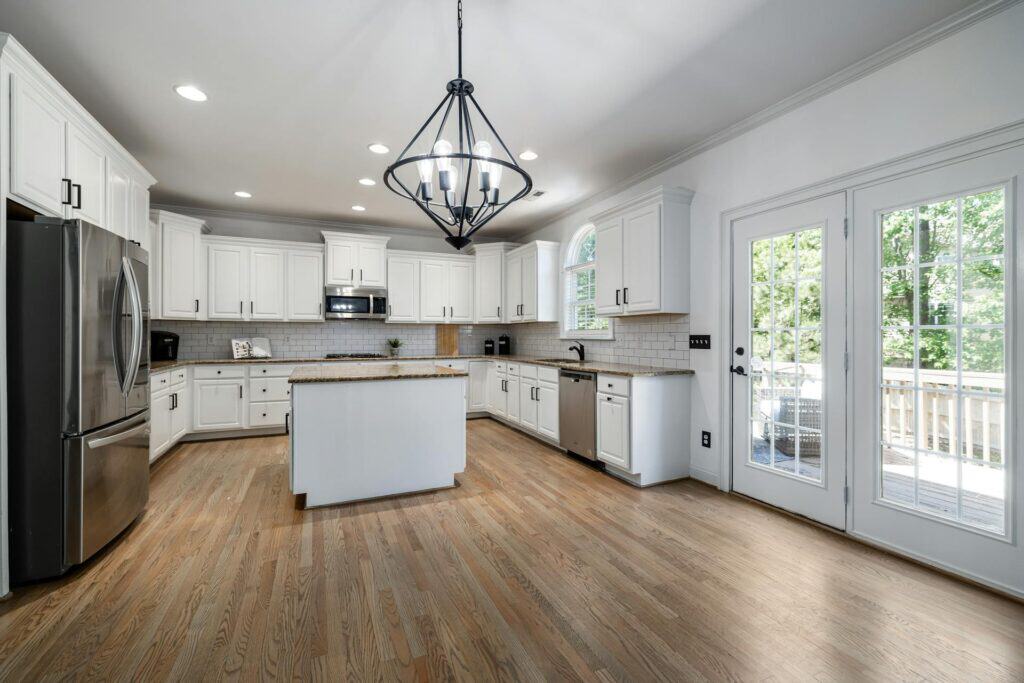
What Are the 5 Most Popular Kitchen Layouts?
Question: What Are the 5 Most Popular Kitchen Layouts? Answer: The 5 most popular kitchen layouts are: L-shape, U-shape, galley, one-wall, and island. These offer various work triangle efficiencies and suit different kitchen sizes and homeowner needs. Exploring Popular Kitchen Layouts Choosing the right kitchen layout is important for functionality and aesthetics. This article examines … Continue reading What Are the 5 Most Popular Kitchen Layouts?

Is There an App to Design a Kitchen Layout?
Question: Is There an App to Design a Kitchen Layout? Answer: Yes, many apps exist for kitchen design. Popular options include Planner 5D, Houzz, and Magicplan, offering varying levels of detail from simple 2D layouts to 3D renderings and virtual reality experiences. Kitchen Layout Design: Apps Make it Easy Planning a kitchen renovation or designing … Continue reading Is There an App to Design a Kitchen Layout?
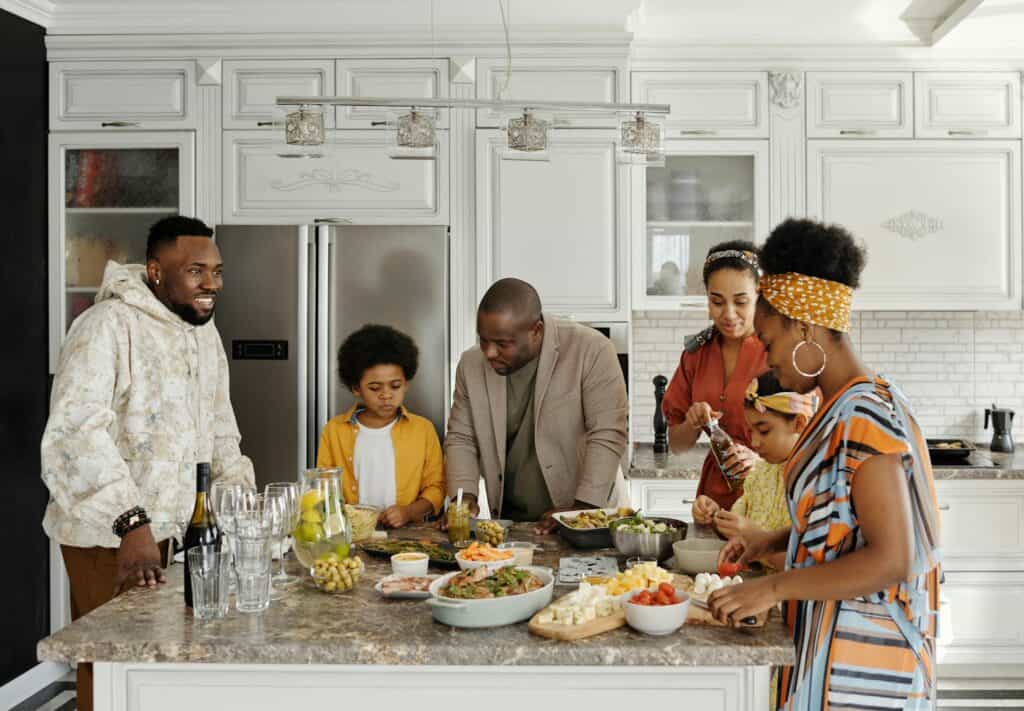
How Do You Layout a Perfect Kitchen?
Question: How Do You Layout a Perfect Kitchen? Answer: To layout a perfect kitchen prioritize the work triangle (sink, stove, refrigerator), maximize counter space, ensure ample storage, and incorporate good lighting and ventilation. Consider traffic flow and personal needs. Creating Your Ideal Space A well-planned kitchen combines functionality and aesthetics. This article guides you through … Continue reading How Do You Layout a Perfect Kitchen?
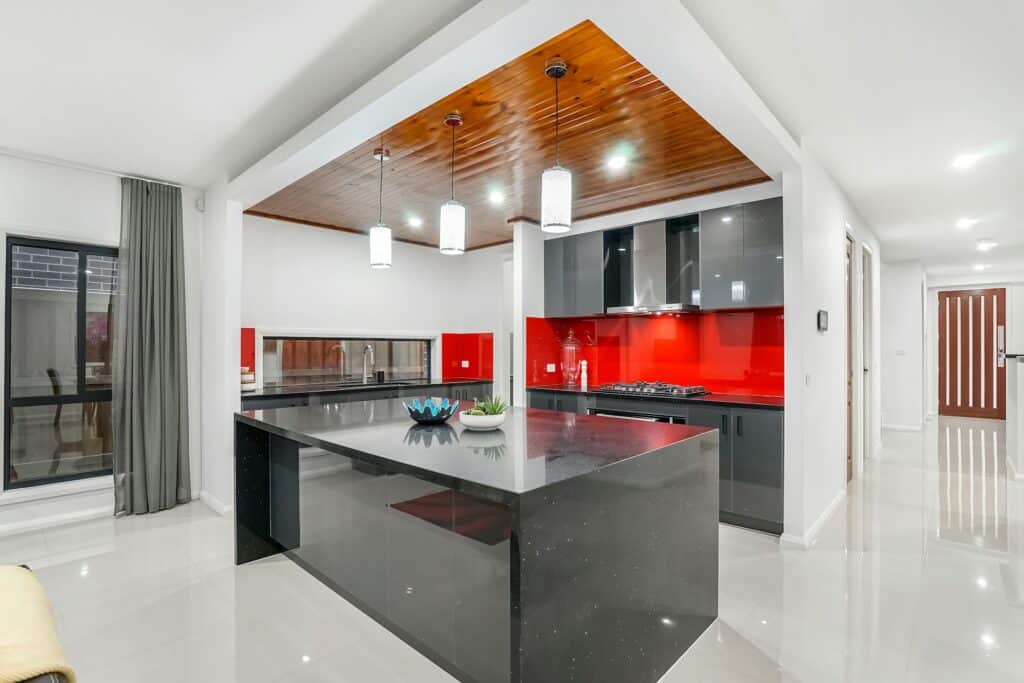
How Do I Design My Kitchen Layout?
Question: How Do I Design My Kitchen Layout? Answer: To design your kitchen layout, begin by evaluating the classic work triangle (connecting the sink, stove, and refrigerator), the dimensions of your room, and how you typically use the kitchen. Emphasizing efficient workflow and movement is key to creating a practical and pleasant space. Kitchen Layout … Continue reading How Do I Design My Kitchen Layout?
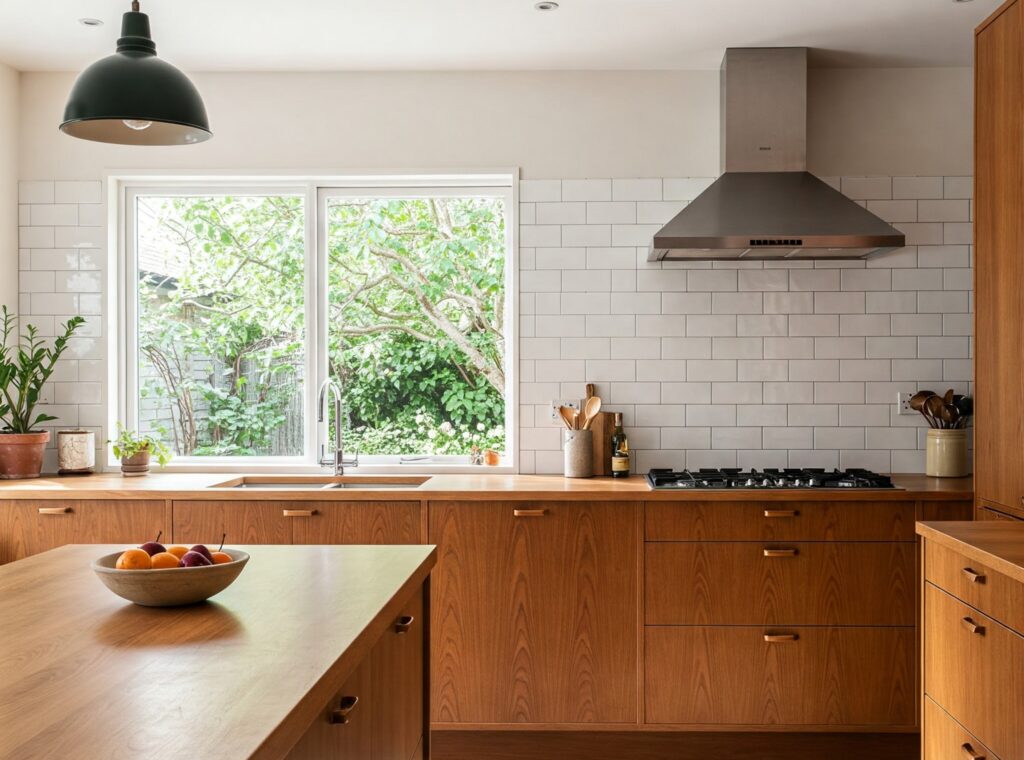
What Is the Meaning of Countertop Space?
Question: What Is the Meaning of Countertop Space? Answer: Countertop space refers to the usable surface area on top of kitchen or bathroom counters. It’s where food is prepared, appliances are placed, and daily tasks are performed. Understanding Your Kitchen Countertop Space Countertop space: the heart of every kitchen. But what does it truly mean, … Continue reading What Is the Meaning of Countertop Space?

All About Countertop Space
Countertop Space: A Practical Guide Countertop space: a kitchen’s most valuable asset. Enough space makes cooking enjoyable. Too little space creates frustration. This guide explores countertop space, covering its importance, measurements, material choices, maintenance, and design ideas. Discover how to maximize and enjoy your countertop space. For more information Let’s Talk Importance of Countertop Space … Continue reading All About Countertop Space
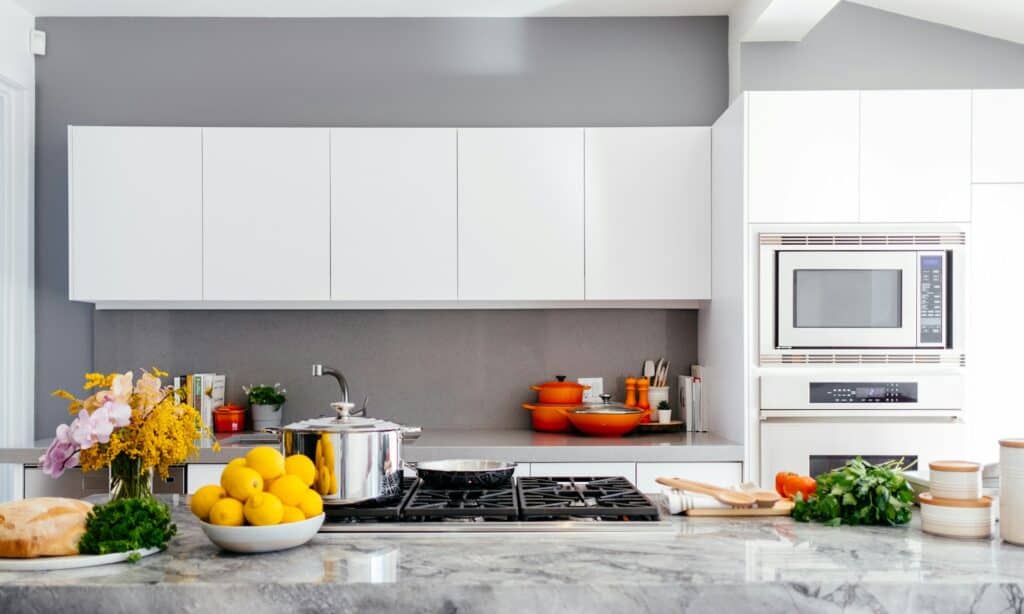
How to Save Counter Space in the Kitchen?
Question: How to Save Counter Space in the Kitchen? Answer: To save counter space in the kitchen use wall-mounted shelves, hanging racks for pots and pans, magnetic knife strips, and under-shelf baskets. Declutter regularly and store infrequently used appliances. Maximize Your Kitchen: Counter Space Saving Strategies A clean, spacious kitchen counter improves cooking efficiency and … Continue reading How to Save Counter Space in the Kitchen?
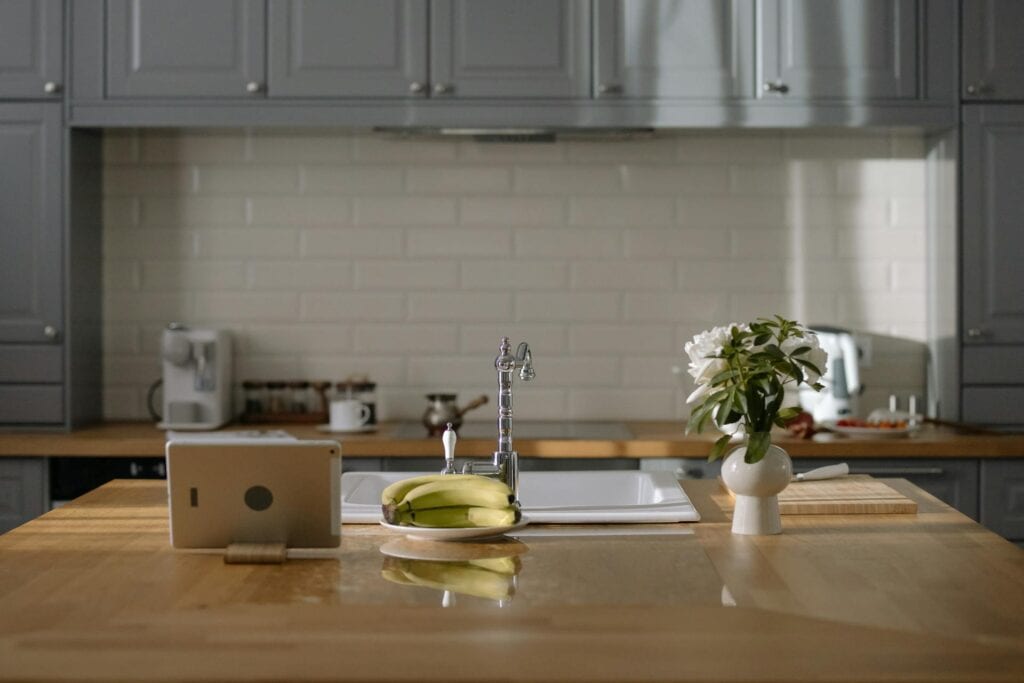
Does the Sink Count as Counter Space?
Question: Does the Sink Count as Counter Space? Answer: No, the sink does not count as counter space. Counter space refers to the usable flat surface area of a countertop, excluding the sink and cooktop. Kitchen Counter Space: A Practical Perspective Does the sink count as counter space? This common kitchen design question deserves a … Continue reading Does the Sink Count as Counter Space?
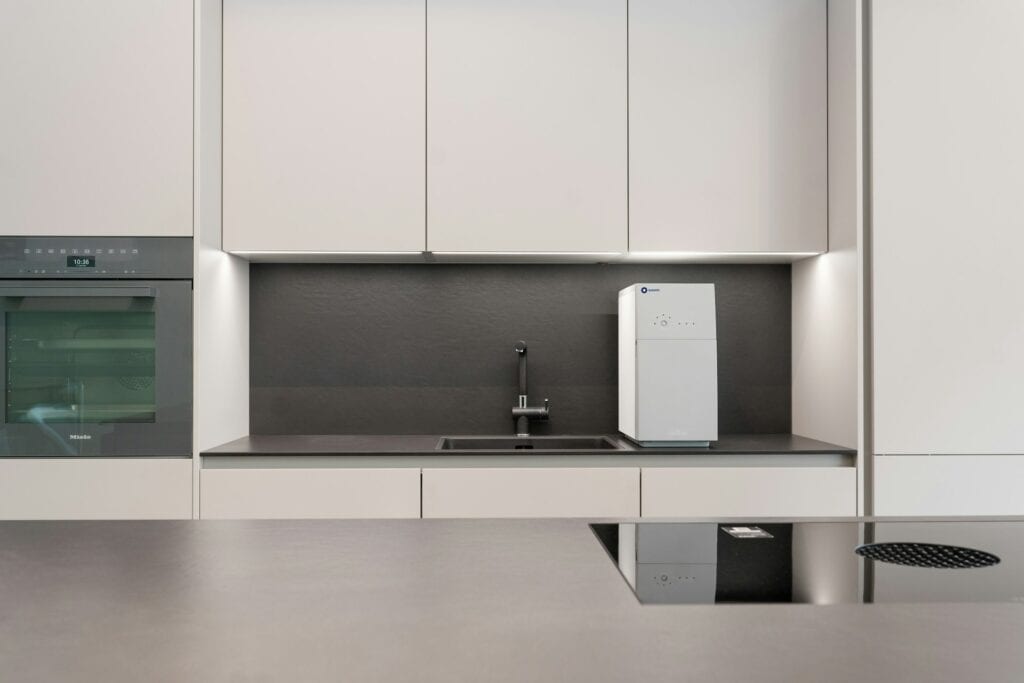
What Is the Standard Space Between Countertops and Cabinets?
Question: What Is the Standard Space Between Countertops and Cabinets? Answer: The standard space between countertops and cabinets is 18 inches. This can vary slightly depending on individual needs and preferences. Countertop Spacing: A Practical Guide Planning a kitchen or laundry room renovation requires many decisions. One crucial detail often overlooked is the space between … Continue reading What Is the Standard Space Between Countertops and Cabinets?

How Much Countertop Space Do I Need?
Question: How Much Countertop Space Do I Need? Answer: How much countertop space you need depends on your kitchen size, cooking habits, and family size. Generally, aim for at least 36 inches of landing space beside the sink and cooktop. More is always better! Kitchen Countertop Space Requirements Countertop space: a kitchen essential. Too little, … Continue reading How Much Countertop Space Do I Need?
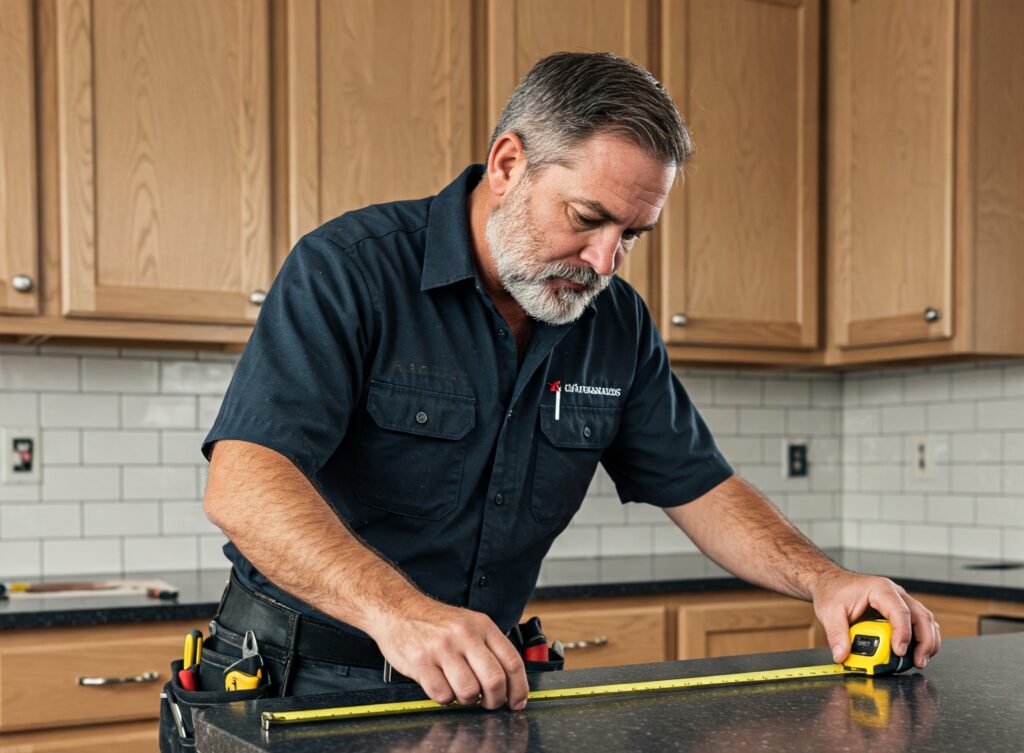
How Do You Measure Countertop Space?
Question: How Do You Measure Countertop Space? Answer: To measure countertop space get the length and width of each countertop section in inches. Multiply length by width to get the area in square inches. Add all areas together for the total square inches. Countertop Measurements Knowing how to measure countertop space accurately helps you plan … Continue reading How Do You Measure Countertop Space?
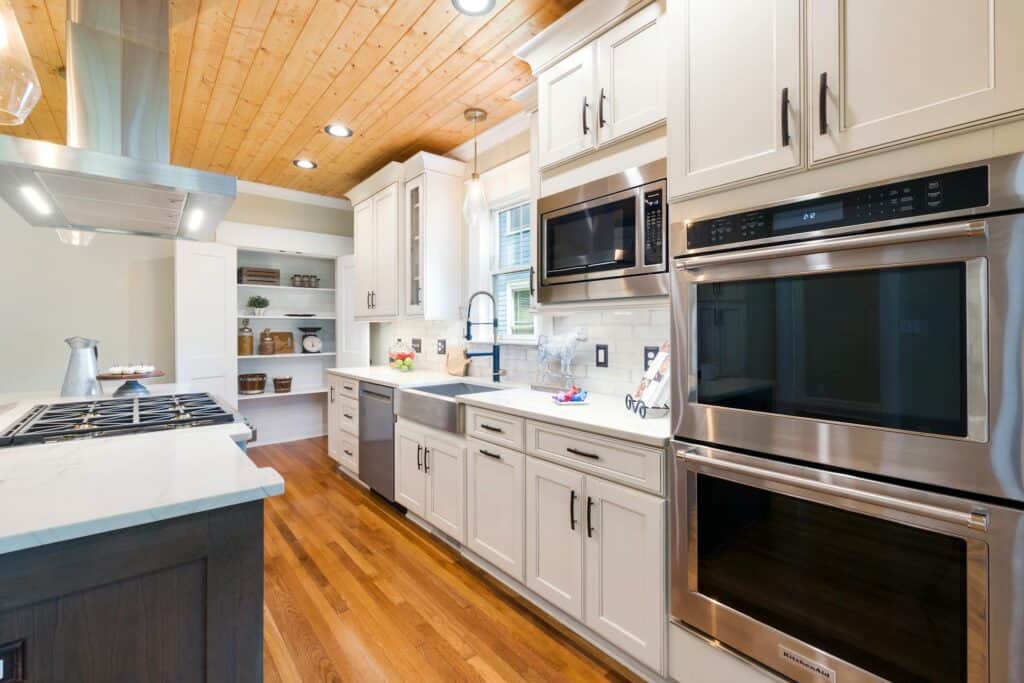
How Much Space Do You Need Between a Counter and an Island?
Question: How Much Space Do You Need Between a Counter and an Island? Answer: How much space you need between a counter and an island depends on traffic flow and appliance doors. Aim for 42-48 inches to allow comfortable movement and clearance. Island Counter Spacing: A Practical Guide Planning a kitchen renovation? Choosing the right … Continue reading How Much Space Do You Need Between a Counter and an Island?
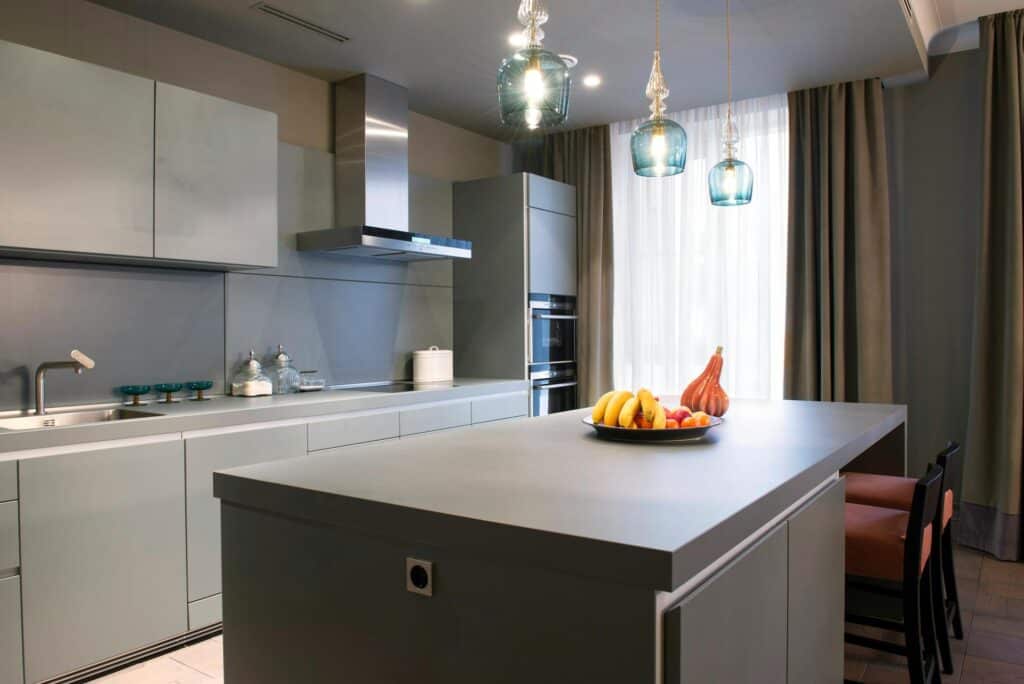
How Much Counter Space Between Sink and Stove?
Question: How Much Counter Space Between Sink and Stove? Answer: Ideally, 36-48 inches of counter space should exist between the sink and stove. This provides a comfortable work area for food prep and plating. Less than 24 inches is generally considered too little, while more than 60 inches can be excessive. Kitchen Counter Space: Sink … Continue reading How Much Counter Space Between Sink and Stove?
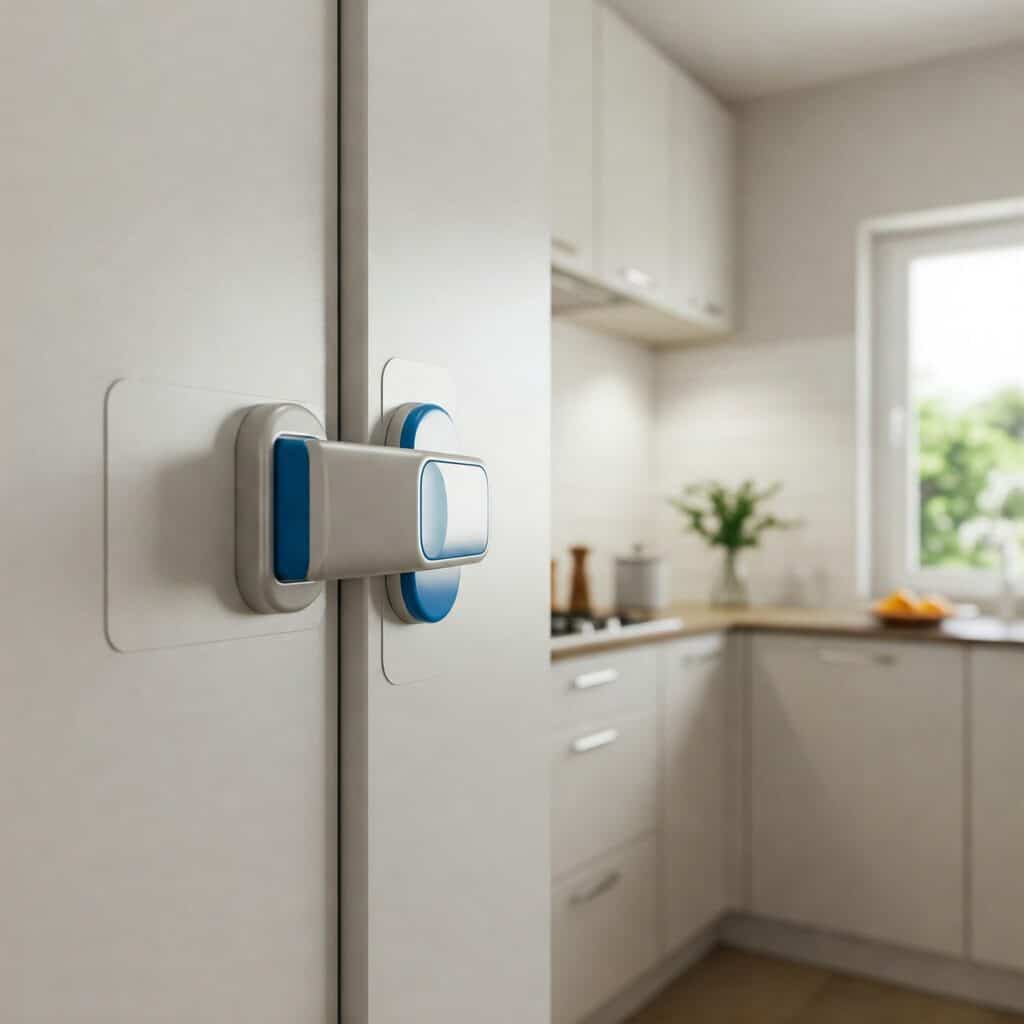
Do Magnetic Baby Kitchen Cabinet Locks Work?
Question: Do Magnetic Baby Kitchen Cabinet Locks Work? Answer: Yes, magnetic cabinet locks are generally effective. They require installation inside cabinets, making them invisible from the outside and difficult for toddlers to bypass. Protecting Little Hands: Exploring Magnetic Cabinet Locks Curious toddlers explore everything, including kitchen cabinets. These cabinets often hold cleaning supplies and other … Continue reading Do Magnetic Baby Kitchen Cabinet Locks Work?
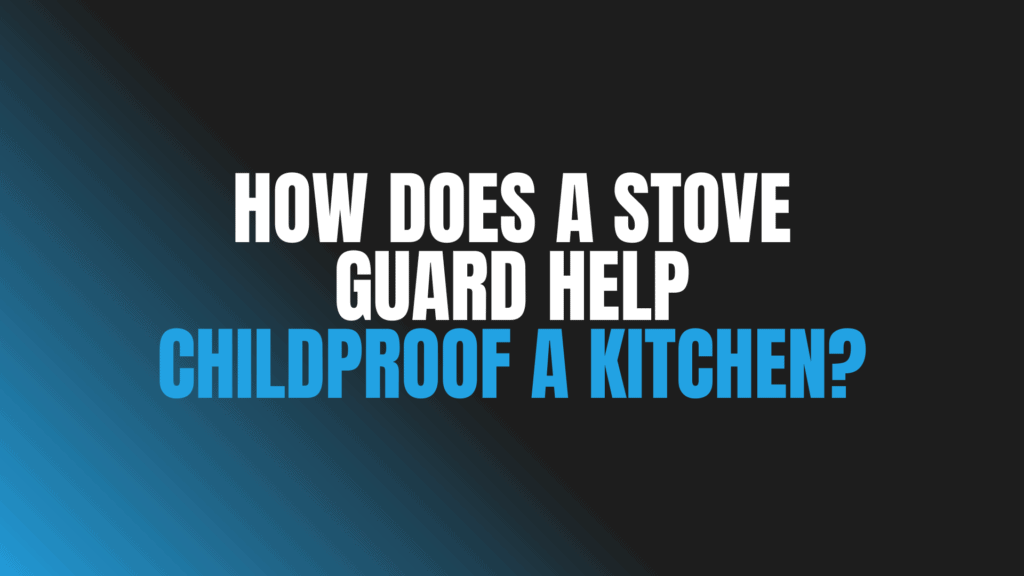
How Does a Stove Guard Help Childproof a Kitchen?
Question: How Does a Stove Guard Help Childproof a Kitchen? Answer: A stove guard creates a barrier that prevents children from reaching hot burners and controls, reducing the risk of burns and accidental activation of the stove. Childproofing Your Kitchen with a Stove Guard Curious toddlers explore their world with hands and mouths. The kitchen, … Continue reading How Does a Stove Guard Help Childproof a Kitchen?
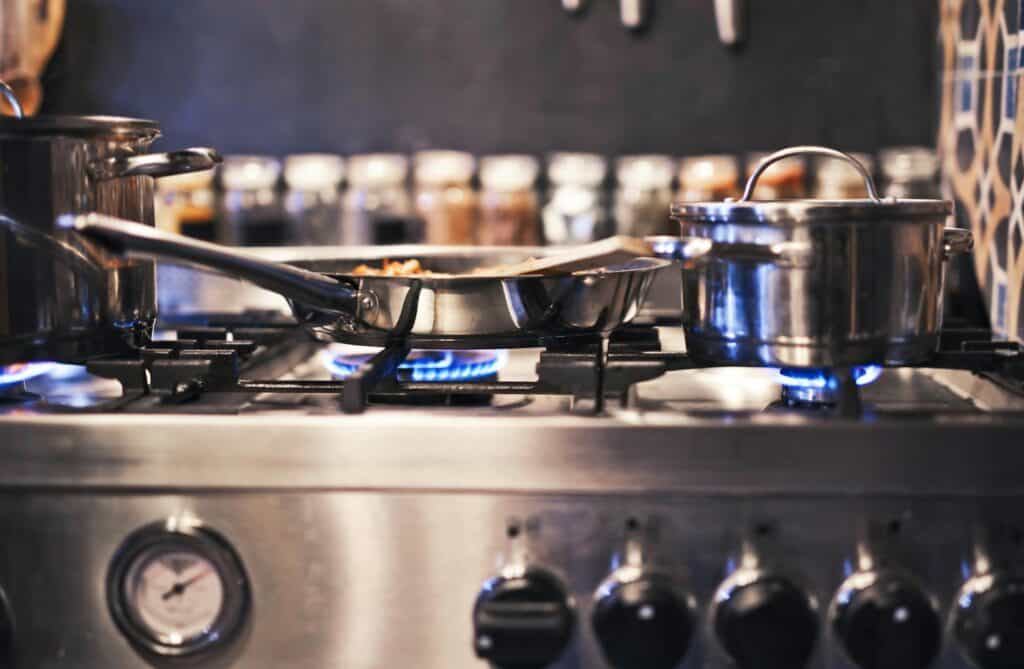
How to Keep a Toddler Away From the Stove?
Question: How to Keep a Toddler Away From the Stove? Answer: To keep a toddler away from the stove use stove knob covers, install a stove guard, and create a physical barrier like a gate. Supervise closely and teach about stove dangers. Toddler-Proofing Your Kitchen: Stove Safety Curious toddlers explore their environment, making kitchen safety … Continue reading How to Keep a Toddler Away From the Stove?

What Are the Disadvantages of a Magnetic Baby Cabinet Lock?
Question: What Are the Disadvantages of a Magnetic Baby Cabinet Lock? Answer: Disadvantages of magnetic baby cabinet locks includes the necessity of keeping the magnetic key accessible to adults but out of reach of children, which can sometimes be inconvenient. Additionally, losing the magnetic key renders the locks temporarily unusable. Exploring Magnetic Baby Cabinet Lock … Continue reading What Are the Disadvantages of a Magnetic Baby Cabinet Lock?
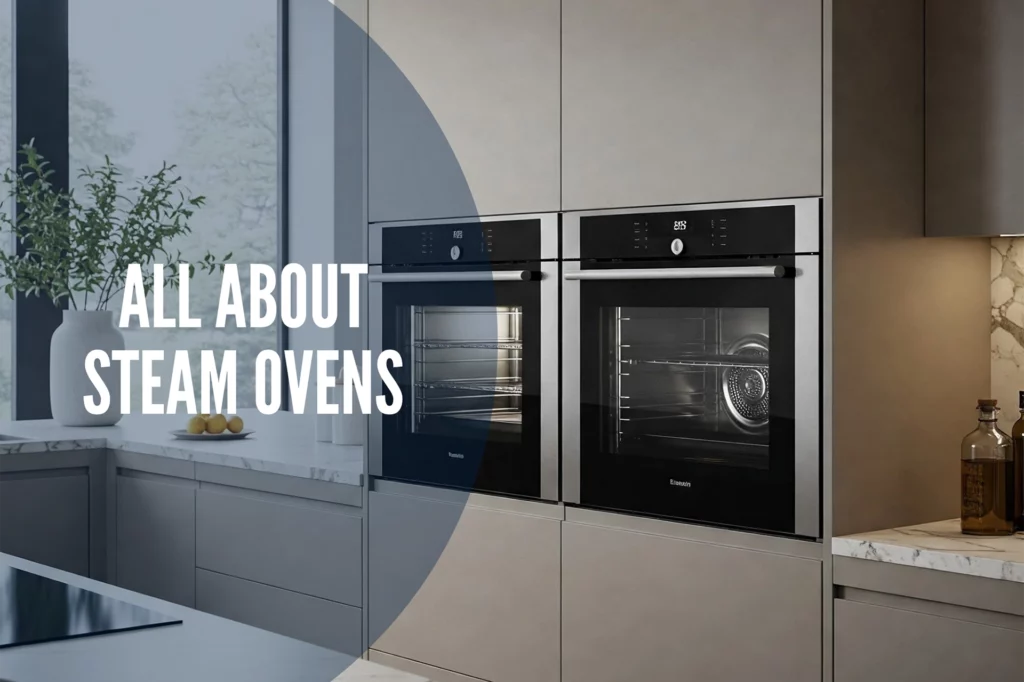
All About Steam Ovens
Steam Oven Benefits Steam ovens represent a significant advancement in cooking technology. They offer a unique way to prepare food, preserving nutrients and flavour while enhancing texture. Unlike conventional ovens that use dry heat, they utilize the power of steam. This method cooks food evenly and gently. They also offer health benefits. They reduce the … Continue reading All About Steam Ovens
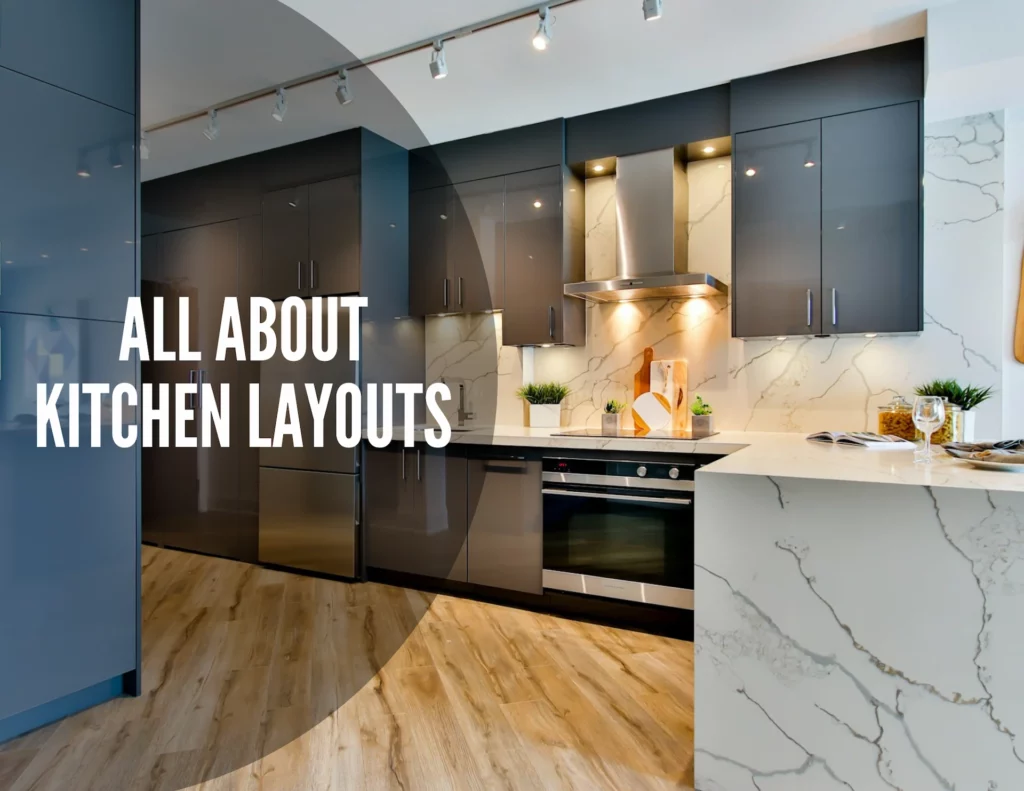
All About Kitchen Layouts
Kitchen Layouts: Optimize Your Space This guide explores common kitchen layouts. You will learn about their advantages and disadvantages. Understanding these layouts will help you select the best one for your needs. This knowledge will empower you to create a functional and enjoyable kitchen space. For more information Let’s Talk The Galley Kitchen The galley … Continue reading All About Kitchen Layouts
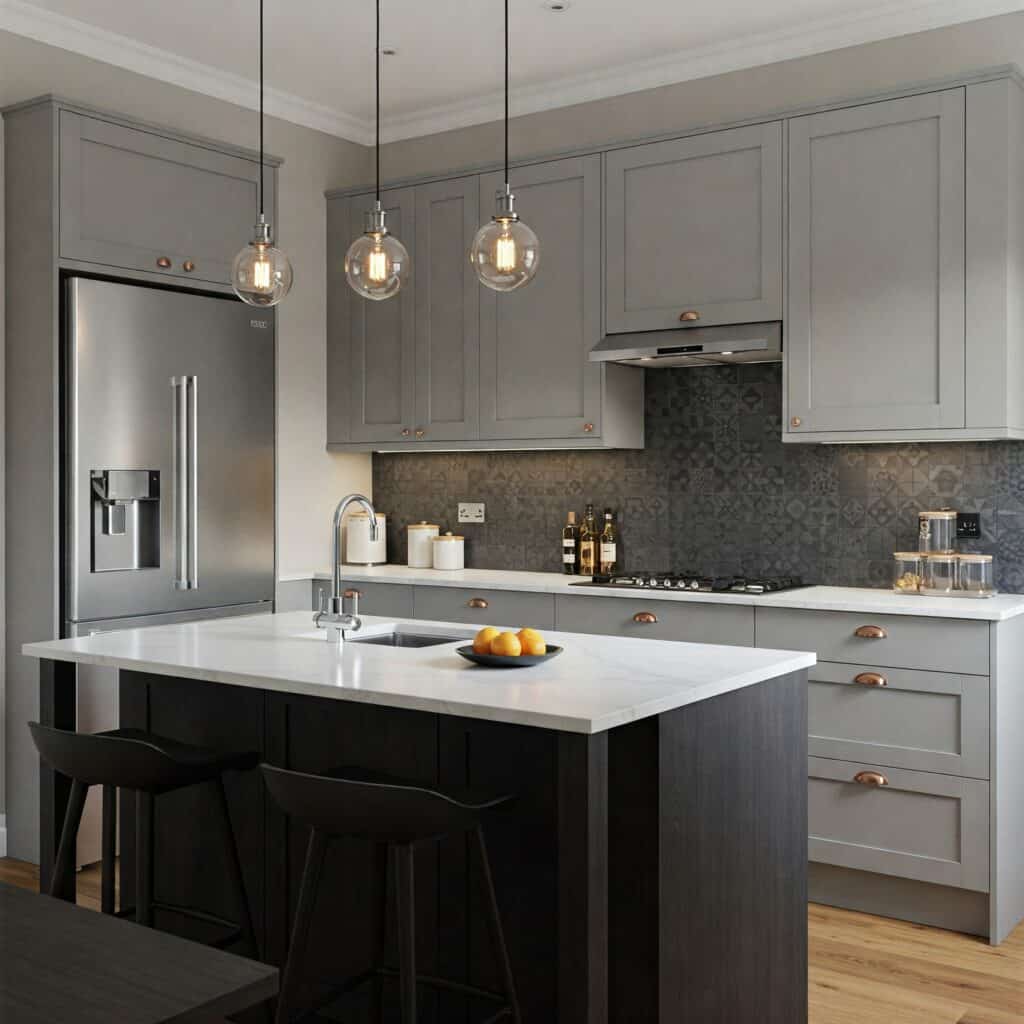
What Is the Best Layout for a Kitchen?
Question: What Is the Best Layout for a Kitchen? Answer: The “best” layout depends on individual needs and space. However, popular and efficient layouts include the galley, L-shape, U-shape, and island designs, prioritizing workflow and maximizing storage. Kitchen Layouts: Finding the Ideal Design A well-designed kitchen combines functionality and aesthetics. The best layout maximizes space, … Continue reading What Is the Best Layout for a Kitchen?

